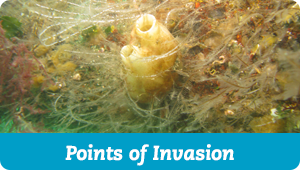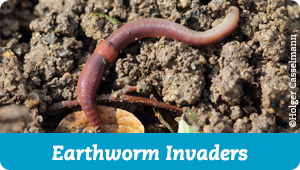Invasive species are everywhere. They range from microscopic bacteria to colonial sea squirts to vast curtains of kudzu in the forest. Their impacts and modes of operation vary widely. But they have two things in common: All of them come from outside, and all of them cause harm—whether to the environment, the economy, human health or all three.
Not all outsiders are bad. Some non-natives benefit their adopted ecosystems. Honeybees, which were brought to the New World from Europe and Africa, are one example. In Puerto Rico, African tulip trees shelter native birds and help rehabilitate soil once cleared for farming. For that reason, it’s important to remember the difference between a non-native and an invasive species. Any species that comes from outside is a non-native. It is the harmful ones that scientists call invasive.
Once a species enters new territory, three things make it a successful invader:
- It reproduces quickly.
- It has few to no predators in the new ecosystem.
- It outcompetes native organisms for resources.
Modern history abounds with stories of ruinous invasions. Zebra mussels arrived in Lake St. Claire from the Black and Caspian Seas in 1988 and colonized any surface they could, from pipes to industrial plants to living organisms. A year later, 50,000 people in Monroe, Mich., lost their water supply for three days when mussels clogged the city’s water-intake pipeline. So far it’s estimated they have cost the economy billions of dollars in damage control. Other examples include the super-reed Phragmites australis and Alaska’s new tunicate Didemnum vexillum, surnamed “rock vomit.”
The videos to the right offer a few glimpses into the world of invasive species. Points of Invasion reveals how they arrive. Forest Survival lays out how they win. Earthworm Invaders looks at nature’s most visible soil dweller and questions whether it is invasive at all. And Alien Invader tells the story of one of the world’s more bizarre invaders, a parasitic barnacle that impregnates crabs—male and female—with its own larvae.
Outside its native territory, almost any species can become invasive given the right set of circumstances. There has even been some debate over whether Homo sapiens are an invasive species. For more on that topic, see here.





